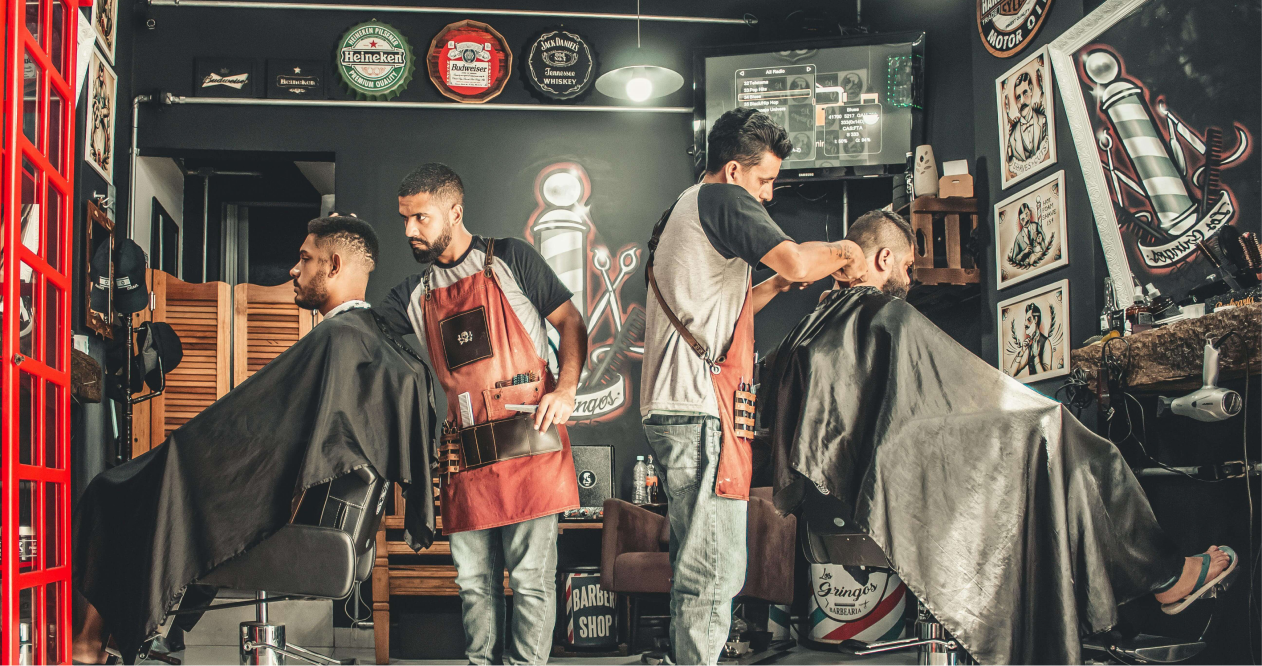Quick Service Restaurants (QSRs) – or as most of us refer to them, ‘fast food restaurants’ – are one of the growth winners of the post-pandemic economy. As dining as we know it imploded during the COVID years, QSRs, whilst not immune to the period’s challenges, found themselves poised to capitalise on a never-before-seen opportunity.
As chefs and restaurant owners pivoted to find temporary ‘takeaway’ models to bolster lost revenue, those in the QSR business were largely already there, ready to seize the day.

Growth in a post-pandemic world
It goes to follow that in 2023, the QSR sector is experiencing growth of around 3% in Australia – across revenue, number of outlets, employees, wages and profits. During 2023 alone, to absorb demands as consumers facing cost of living pressures seek out both convenience and economy, 227 new outlets were opened, and today 52% of all Australians can access 10 or more QSR brands within 3km of home.
Growth spurts aside, it doesn’t change the fact that QSRs still operate on profit margins that are razor thin compared to other industries – currently hovering around an average of just 6 to 9%. The speed at which they bring us our burgers, fries, chicken and other fast-food favs takes a lot of labour – and A LOT of energy, all of which cost money to provide and impact on the businesses’ bottom lines.
Understanding Energy Consumption in QSRs
QSRs are notorious for their high energy consumption. Compared to other types of businesses, they use significantly more energy per square foot due to intensive cooking, refrigeration, and lighting needs. For context, a typical QSR might use 5-10 times more energy than a standard commercial office building. This is why focusing on energy efficiency isn't just good for the environment – it's crucial for operational cost management.
Where QSRs use their electricity

Top 5 energy-efficiency profitability tips for QSR businesses
So where are the lowest-hanging energy efficiency opportunities for QSRs who want to carve out greater profits from their in-demand operations? Let’s look at the top 5.
1. Upgrade to energy-efficient appliances
For restaurants in general, including QSRs, the two biggies that account for more than half their electricity costs are refrigeration and cooking – which no restaurant can exist without. That’s why the number one way to make a significant dint in your energy costs as a QSR is to make sure the appliances that refrigerate and cook, are the latest and most energy-efficient available. Many modern appliances with high energy star ratings or featuring the latest innovations not only use less energy, they cook faster, use less floor space (another potential cost saving opportunity for renting smaller high-street premises) and have higher per-hour production rates.
Upgrading to the latest appliances for your QSR may seem costly upfront, but the long-term the investment can pay off. Modern, energy-efficient equipment has the potential to slash utility bills and cut maintenance and replacement costs. These appliances work faster, reduce food waste, and lead to quicker service, happier customers, and potentially higher sales.
2. Optimise your HVAC
Heating, ventilation, and air conditioning (HVAC) – whilst not as big a cost as cooking and cooling – can also account for a significant portion of a QSR’s energy usage. Regular maintenance, along with installing programmable thermostats, can optimize your HVAC system's efficiency. Once again, consider upgrading to newer, more efficient systems if your current one is outdated.

3. Implement LED Lighting
With some QSRs and drive-throughs operating 24 hours, it’s not surprising that lighting is an opportunity for energy savings. In fact, switching to LED lighting is one of the easiest and most cost-effective energy-saving measures a QSR – or any business for that matter – can undertake. LEDs consume significantly less energy and have a much longer lifespan compared to traditional incandescent bulbs. Moreover, LED lights generate less heat, which can reduce the load on your HVAC system.
4. Conduct regular energy audits
Unless you’re willing to regularly get granular with your energy bill and meter readings, you might not actually know where your greatest energy-saving opportunities lie. That’s where an energy audit can help, by identifying where your QSR is losing energy and how you can improve. Many utility companies offer free or subsidised audits for businesses as part of their value-added service, so asking there is a great place to start.
5. Shout energy-efficiency from the rooftops!
It’s no longer speculative that today’s customer both favours, and moreover, purchases more from brands who are taking a progressive and demonstrable stance in terms of reducing their carbon footprint – with 66% of consumers willing to not just purchase products from sustainable brands, but to pay more for them. So tip number 5 is, that while you’re making your QSR more energy-efficient, don’t forget to talk about it – to your staff, prospective employees and of course your burger, chicken and taco-craving consumer.
The QSR restaurant experience is rich with opportunities to signpost your energy efficiency practices, from your fit-out, to staff uniforms, drive-through menus and more. Be sure to highlight your practices and commitment in staff recruitment advertisements too, which will not only lift your appeal as a place to work, but help you attract the kind of candidate who’s likely to help you foster and maintain those practices, further embedding energy efficiency in your culture.

How Zembl can help QSRs improve their bottom lines
In a landscape where every dollar counts, energy efficiency is a powerful way for QSRs looking to improve profitability – another one is to take energy procurement seriously and pull out the stops to ensure your QSR business is paying competitive energy rates.
If you’re a QSR that spends more than $30K a month on energy here are our Energy Consultants’ top 3 pointers for ensuring you’re not paying more than you should be:
1. Know your contract renewal date
For QSR businesses, energy contracts can mature up to 5 years after they were arranged – which makes maturity dates easy to lose track of. Be sure to keep track of yours and mark on the calendar when it’s coming up.
2. Act early, not at the last minute
Up to 9 months before your contract renewal date you should be starting to think about your next energy contract and tender so your options don’t close.
3. Talk to a Zembl energy procurement expert
Zembl energy experts have more than 14 years’ experience navigating the NEM and used their strong supplier relationships to save Australian businesses $12.23M* on energy costs in 2023-2024 alone, including QSRs. Their in-depth Energy Tender Service is obligation-free and open to every Australian business. – and it could save your QSR tens of thousands each year.
To request a call-back, simply leave your details below and they’ll be in touch.
* Based on businesses that used Zembl’s business energy review service from 1 January 2023 – 31 December 2023 with an average lead load of 28MWh per annum.Quick Service Restaurants (QSRs) – or as most of us refer to them, ‘fast food restaurants’ – are one of the growth winners of the post-pandemic economy. As dining as we know it imploded during the COVID years, QSRs, whilst not immune to the period’s challenges, found themselves poised to capitalise on a never-before-seen opportunity.






.png)


.png)

.svg)
.svg)